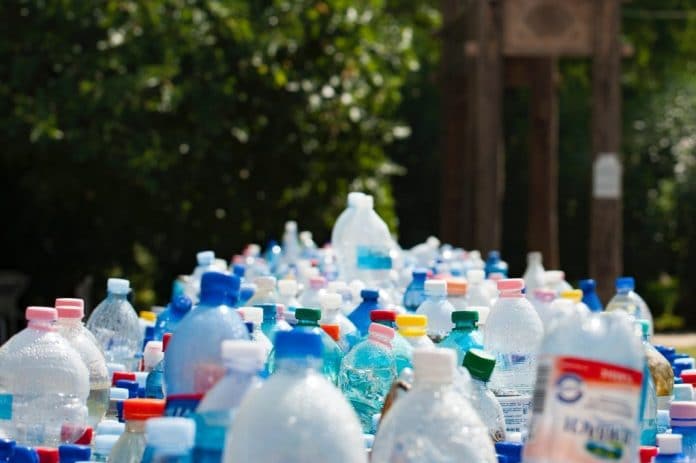Selling products in environmentally friendly packaging today, saves headaches later on, says Emma Ciechan
 Packaging has been front-page news in the last 12 months or so. This has led to consumers being more aware of the environmental impact of packaging, and sparked campaigns to reduce unsustainable materials including single-use plastic.
Packaging has been front-page news in the last 12 months or so. This has led to consumers being more aware of the environmental impact of packaging, and sparked campaigns to reduce unsustainable materials including single-use plastic.
One of the key solutions that is often proposed in the “plastics debate” is making more packaging recyclable, and therefore increase the volumes which are actually recycled. But packaging often contains more than one material, meaning not all packaging actually is recycled in practice.
Consider a disposable coffee cup made of plastic and cardboard. The combination of these materials and the structure of the cup means that it’s difficult for it to be separated and then recycled. Unfortunately, this means that they are often not recycled at all and are processed alongside black bag waste.
Taking a more holistic view of recycling, the process can be cumbersome, time consuming and expensive. Consumers need to separate materials, collections need to ensure there is no cross-contamination and, during reprocessing, removing films, laminates or coatings can be expensive. In addition, supporters of the Plastic Pact – a national pledge to make 100 per cent of plastic reusable, recyclable or compostable by 2025 – argue that plastic is “downcycled” – losing its usefulness – each time it is recycled.
How SMEs can prepare for the future
For larger brands with hundreds of products, readjusting a packaging strategy can be a significant undertaking. And for SMEs that grow can you order antibiotics online particularly quickly, packaging is often lower down the priority list, with a greater focus placed on ensuring the business is set up correctly.
However, it’s far easier for SMEs to get their packaging strategy right during this initial growth phase – using sustainable and recyclable materials – to prevent the need for an overhaul further down the business’s timeline.
Simplifying packaging
With businesses of all sizes reviewing their packaging solutions to meet consumer demand for sustainable and more environmentally friendly packaging, a trend towards packaging simplification is developing.
This is driving innovation in the industry, with brands exploring opportunities to use “mono-materials” or using packaging that materials that are not just recyclable in theory but recycled in practice. For example, great steps forward have been made by supermarkets leading to single-polymer protein packaging being developed, suitable for food stuffs.
Further changes being made by companies of all sizes are:
- Swapping non-recyclable black plastic for a more easily recycled alternatives
- Replacing plastic packaging – where possible – with a corrugated or paper-based fibre solution. Ideal for retail ready and secondary packaging as well as food stuffs (i.e. egg trays and cereal boxes), paper-based and corrugated materials are easily recyclable at the kerbside for consumers and are often used as mono-materials.
By moving to more simplified and mono-material packaging solutions, SMEs can meet the increasing sustainable demands of consumers while reducing waste throughout the supply chain, improving the customer experience and meeting environmental commitments.
Emma Ciechan is director of sustainability at packaging company DS Smith


